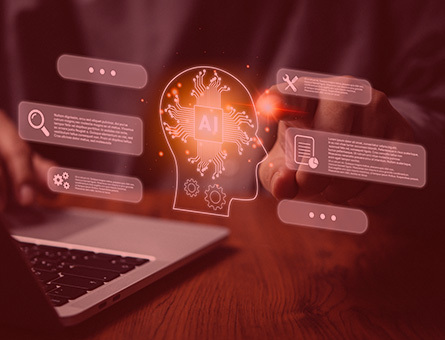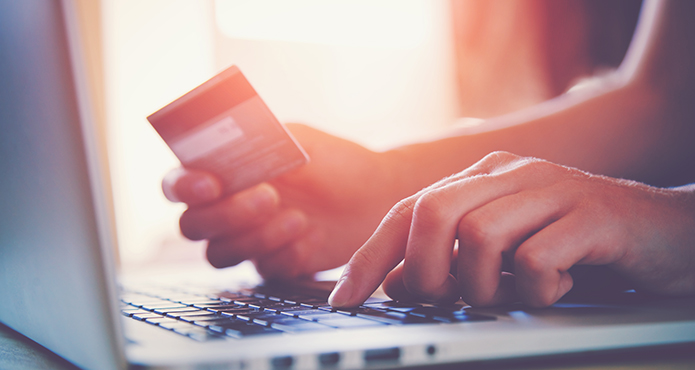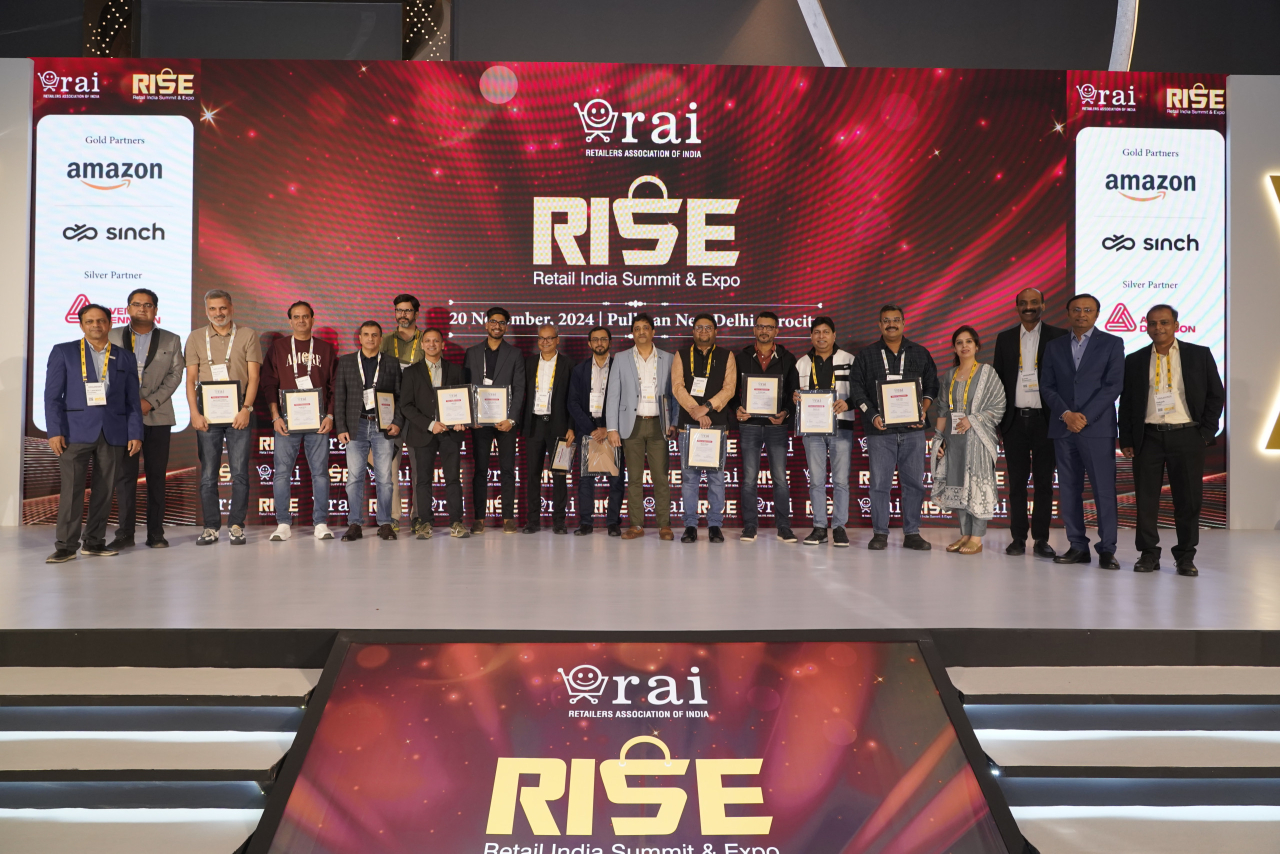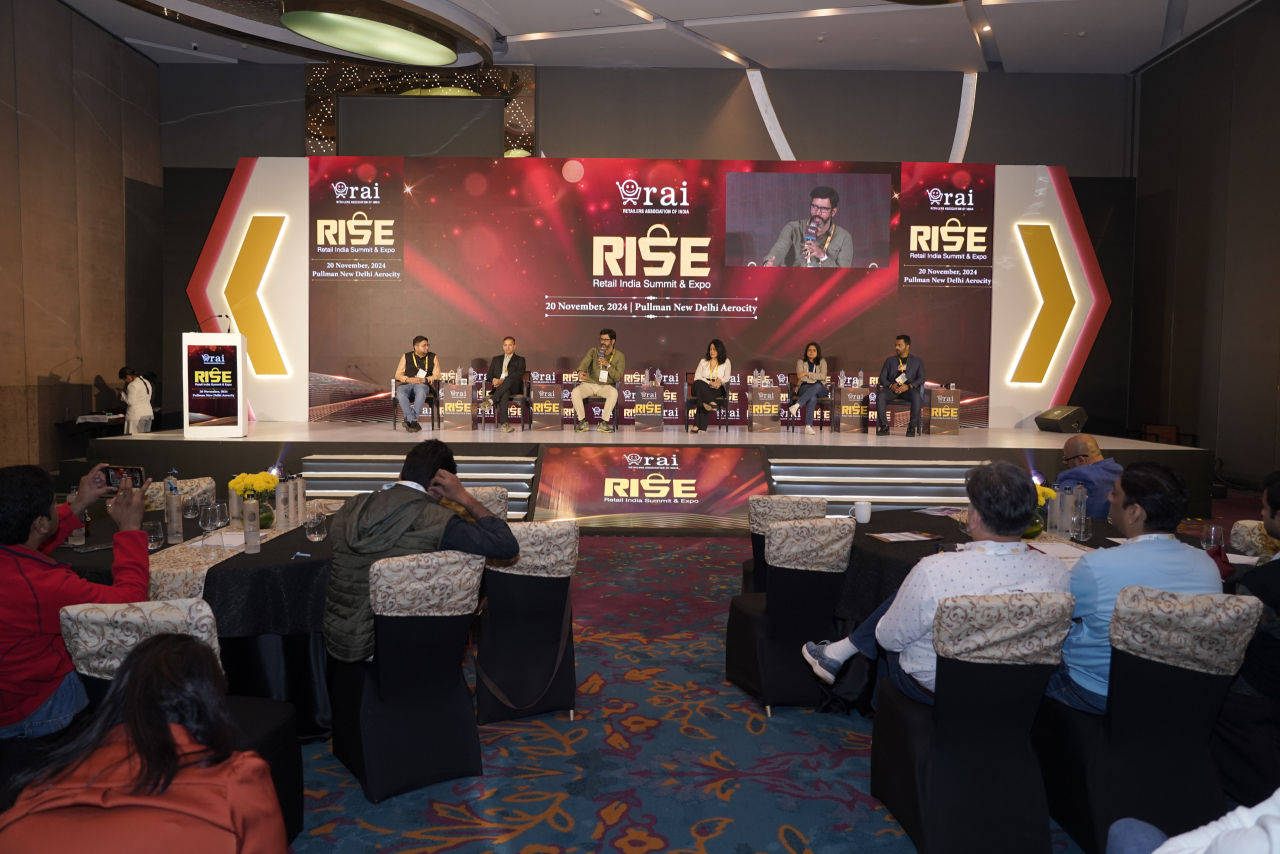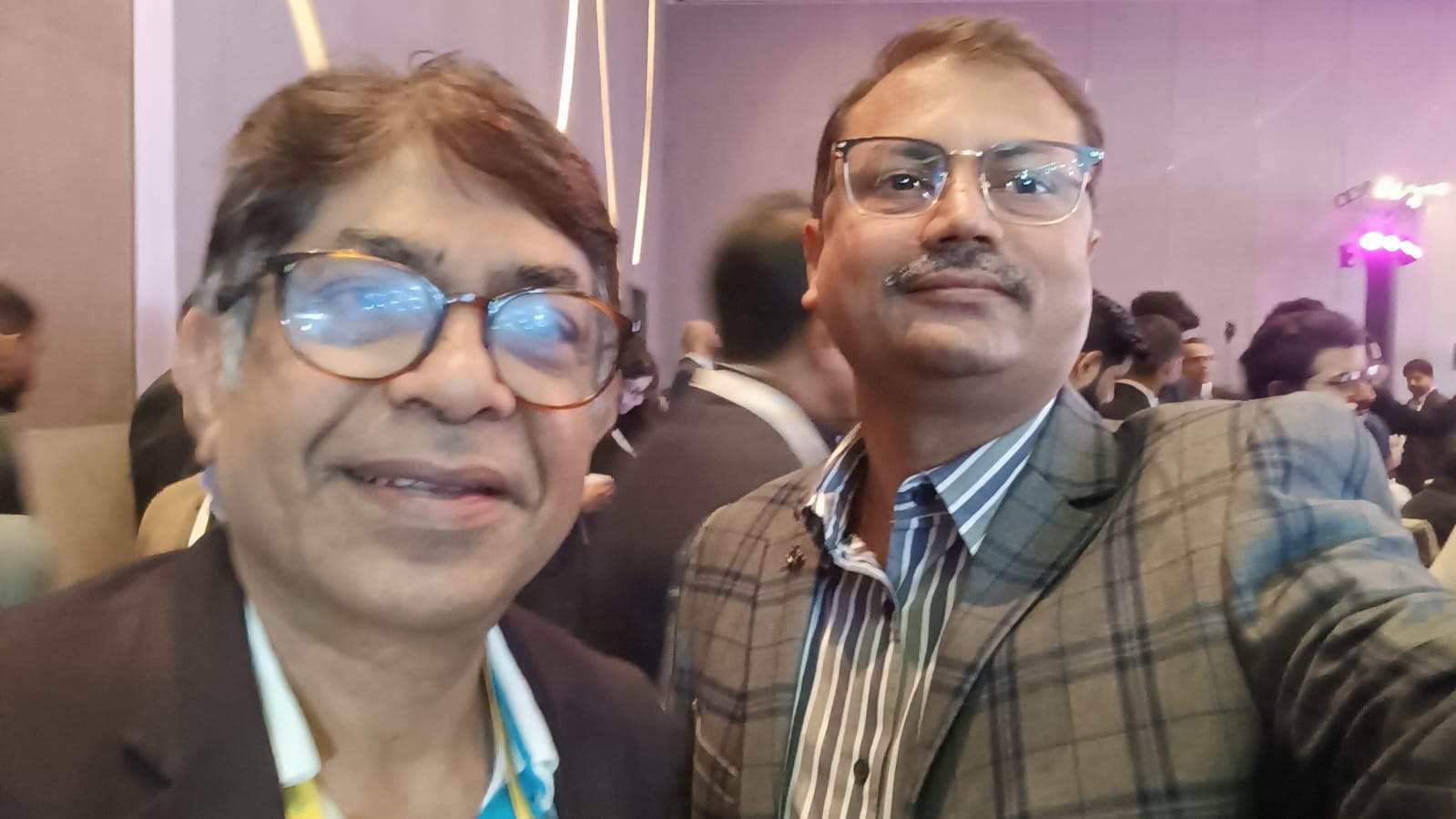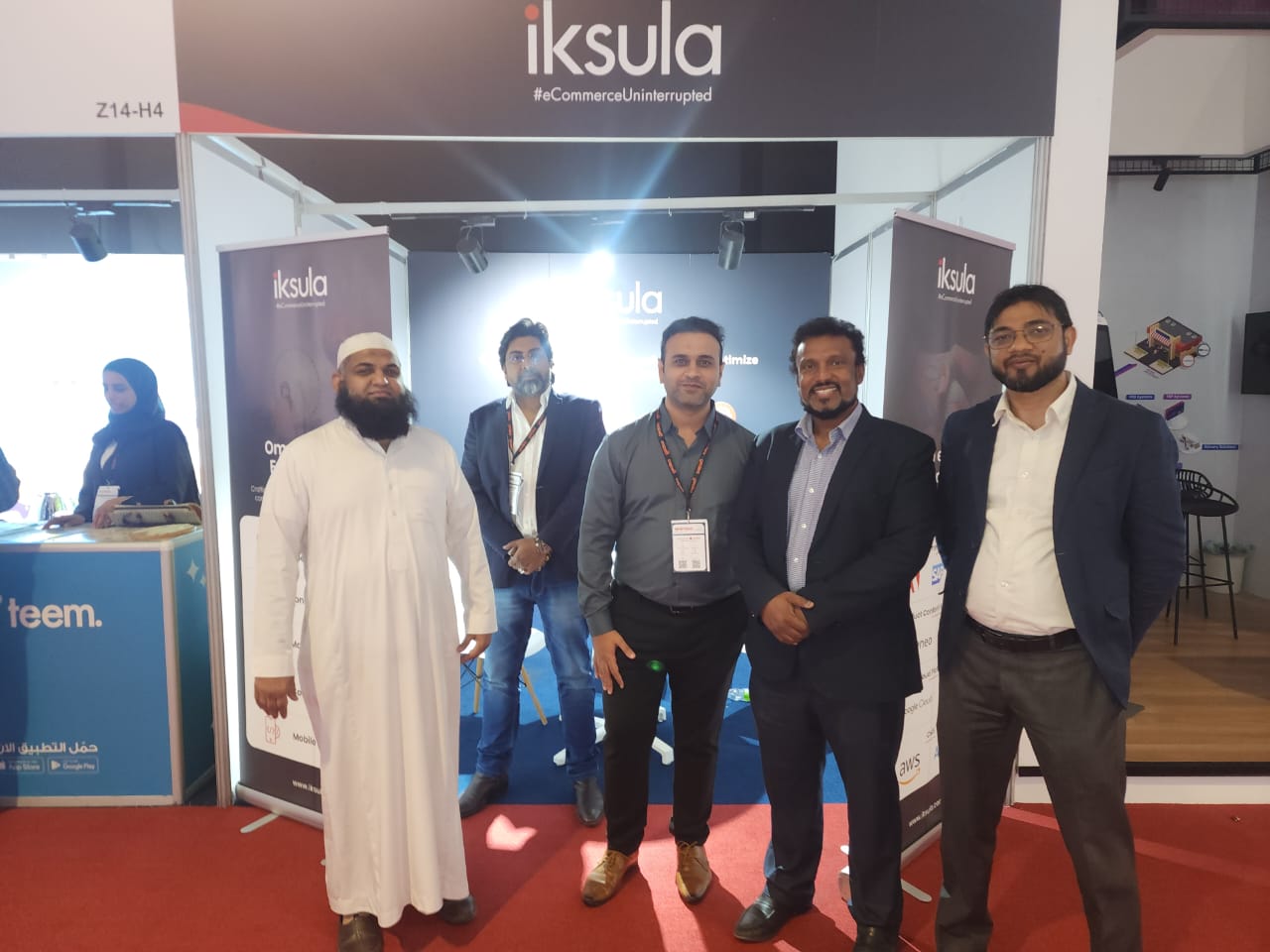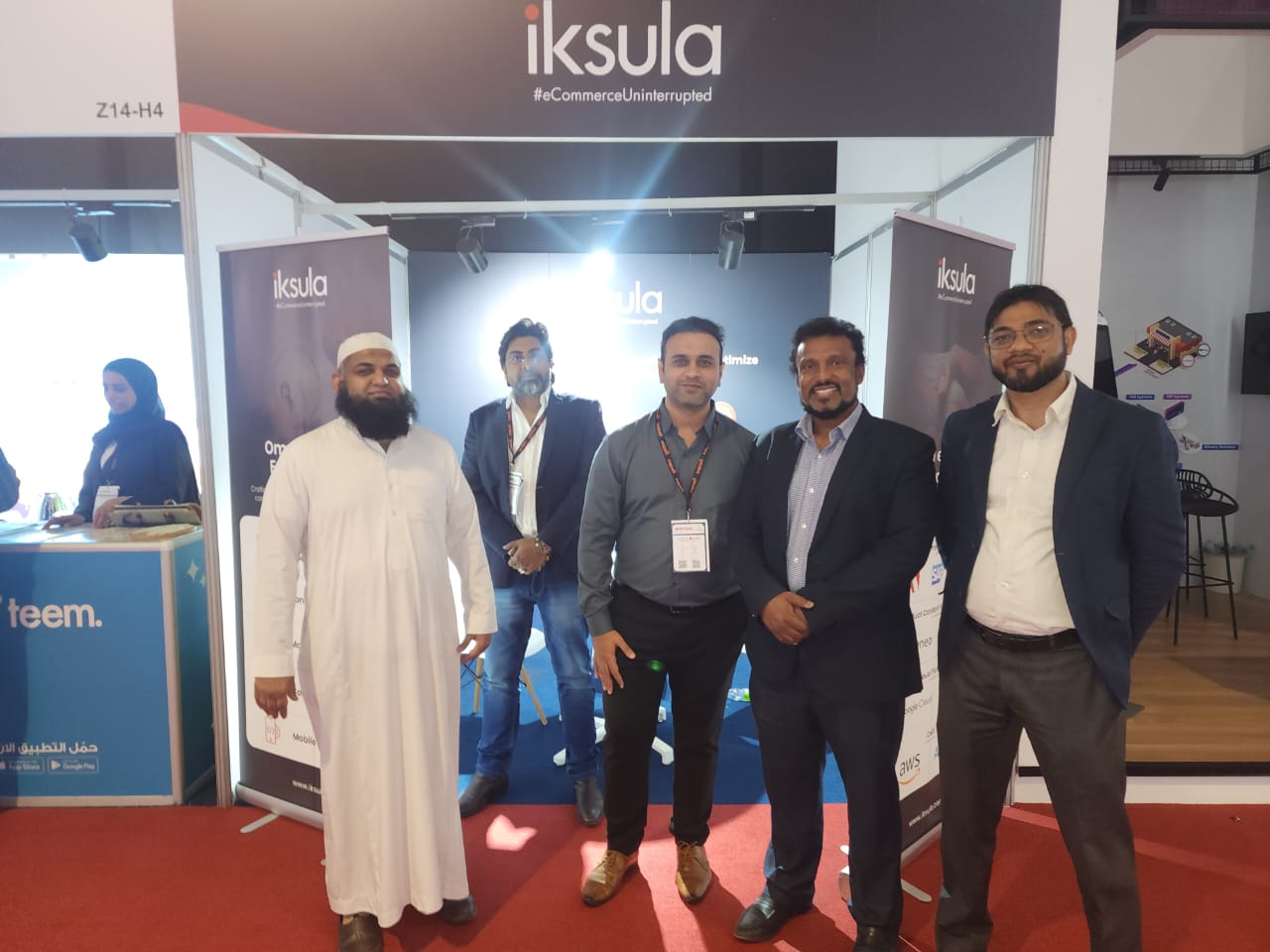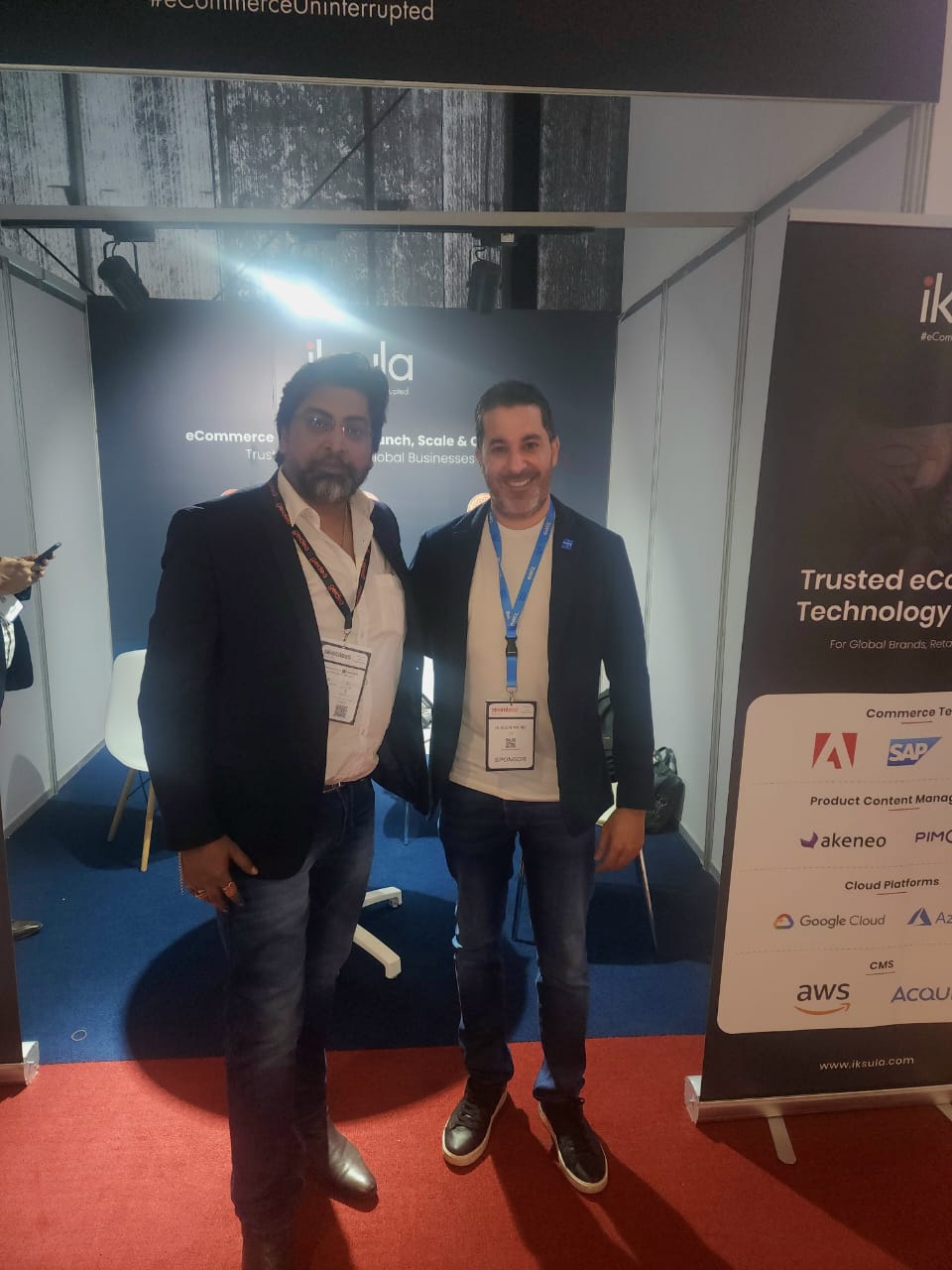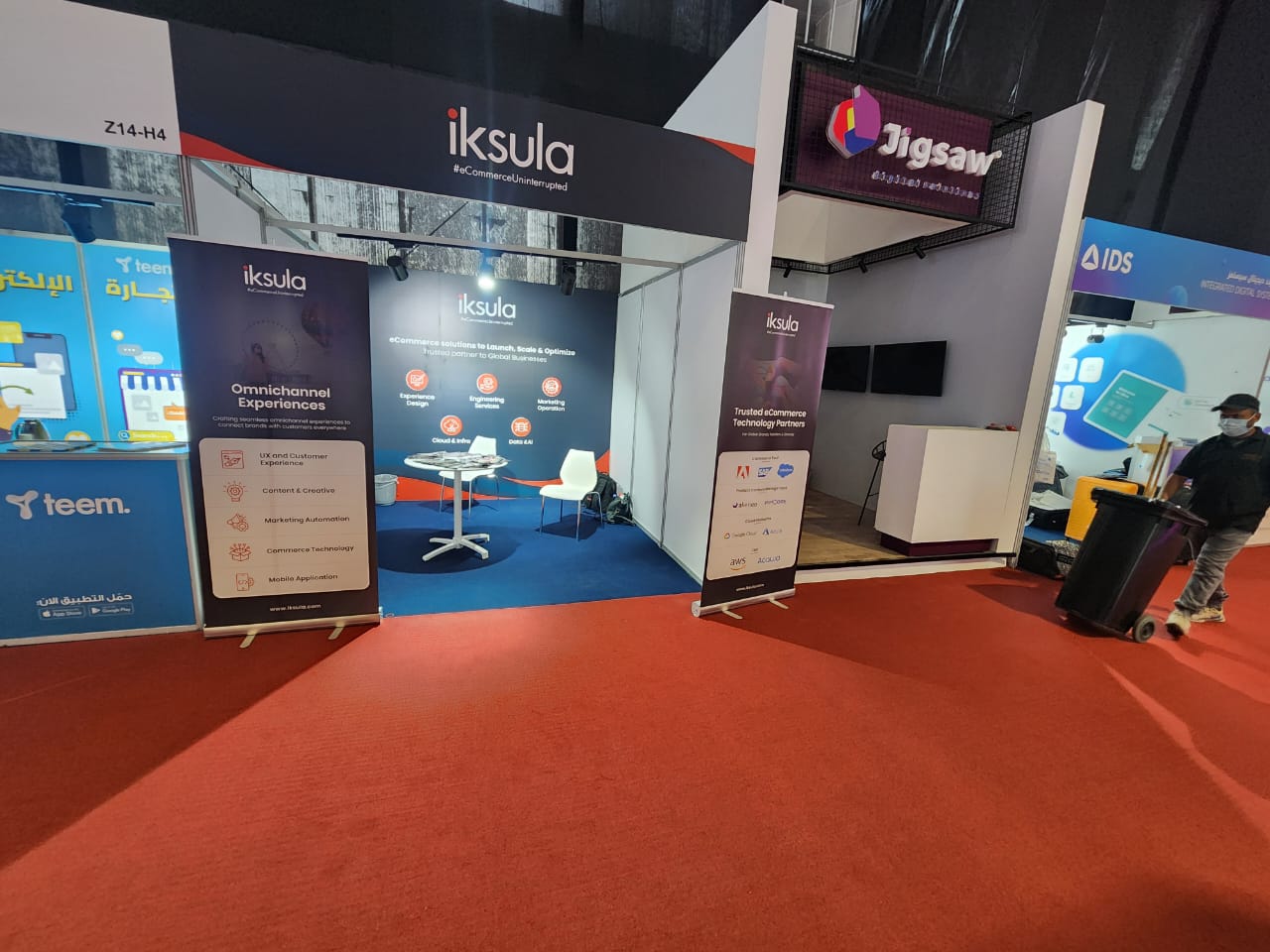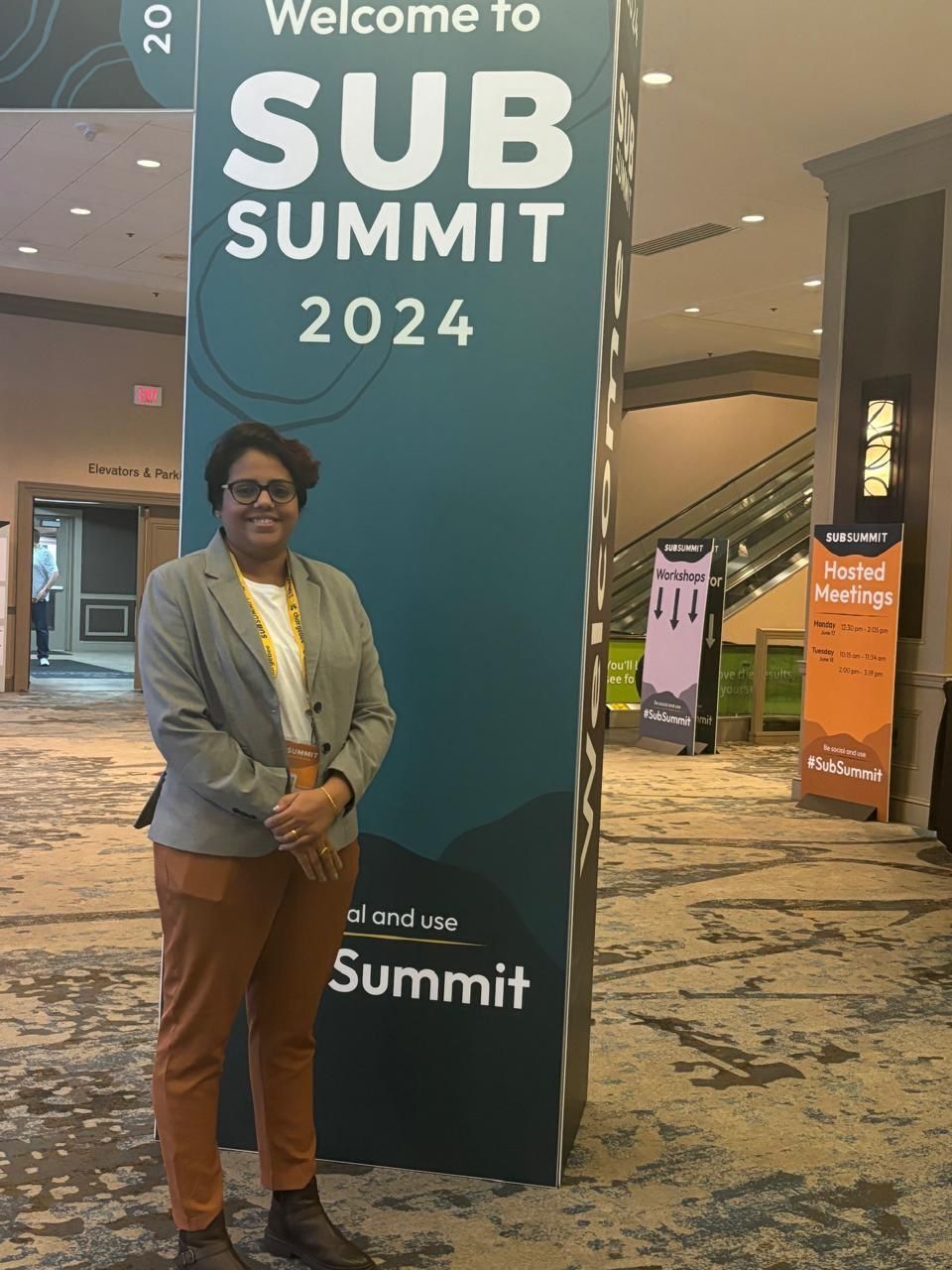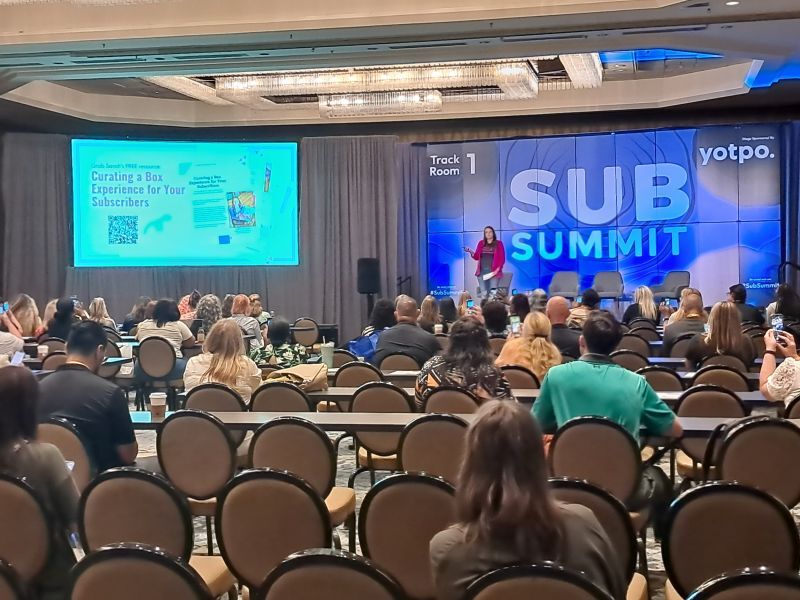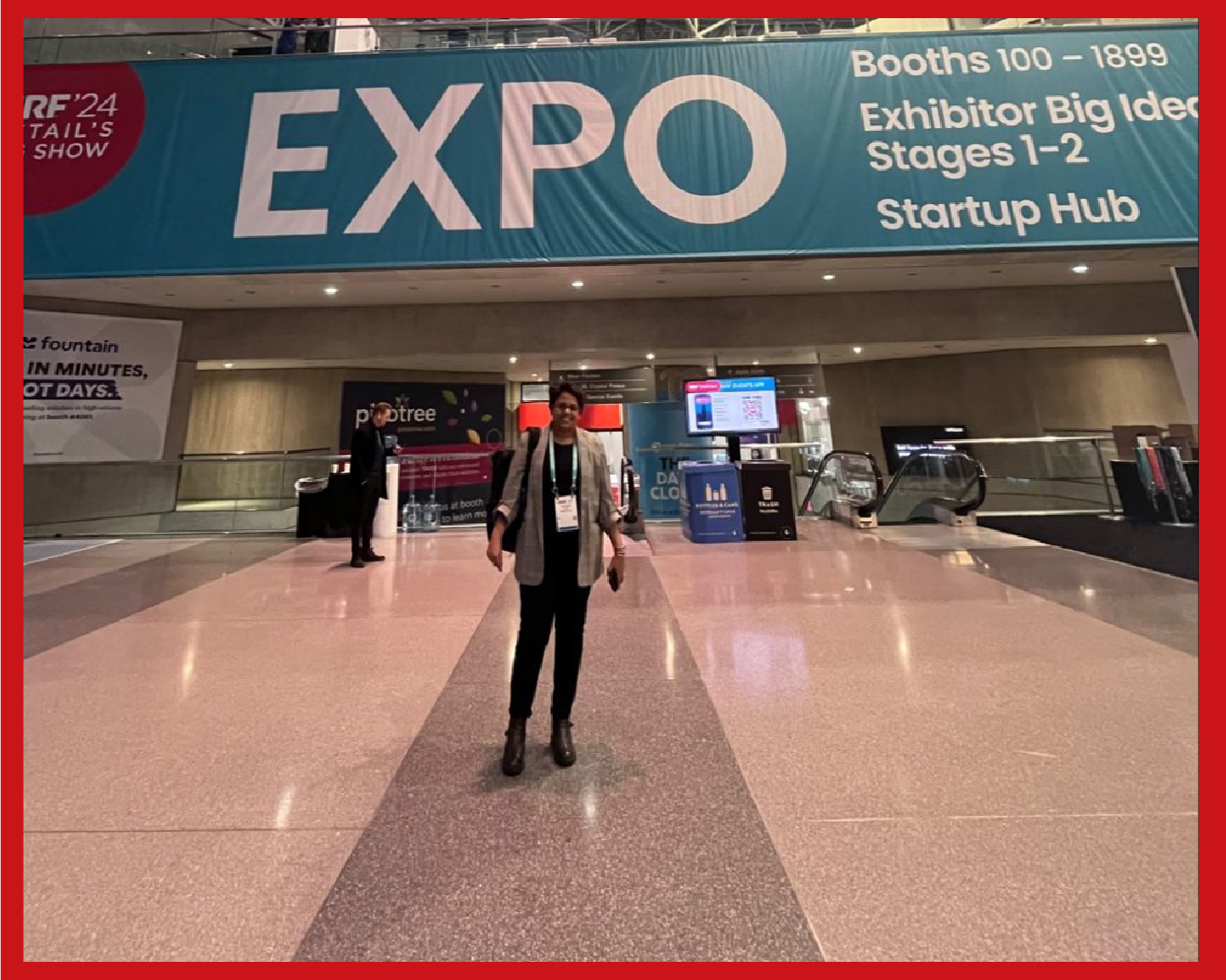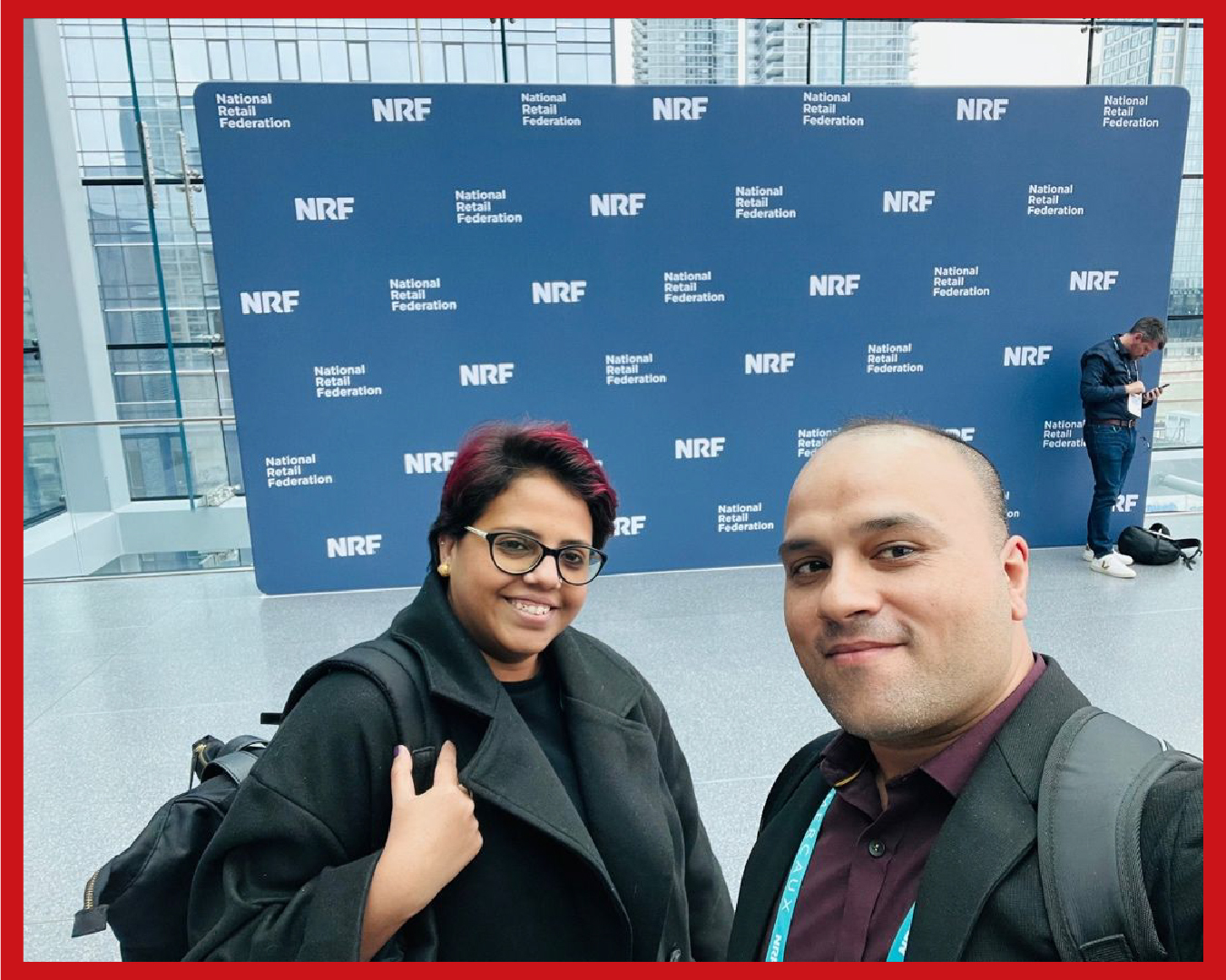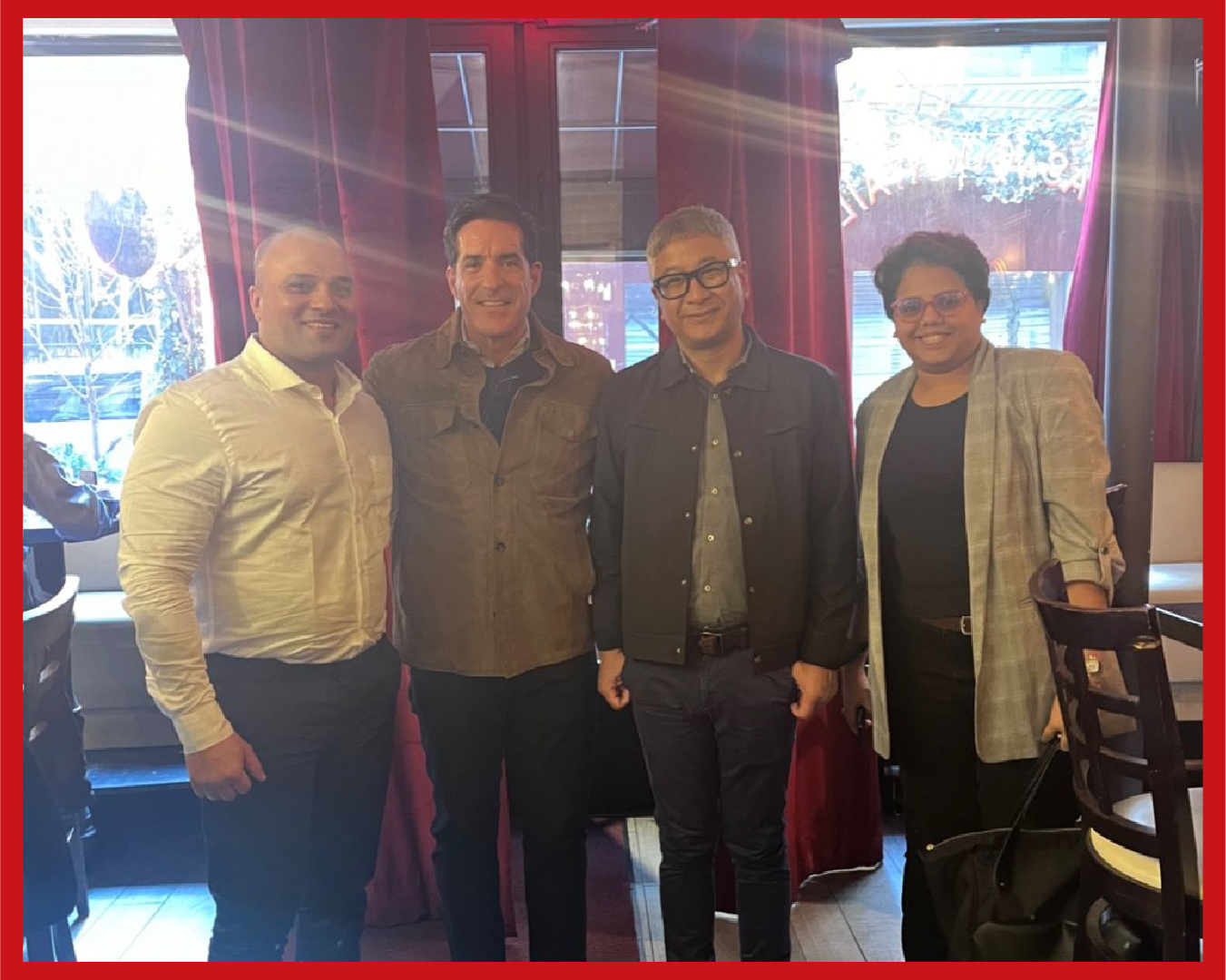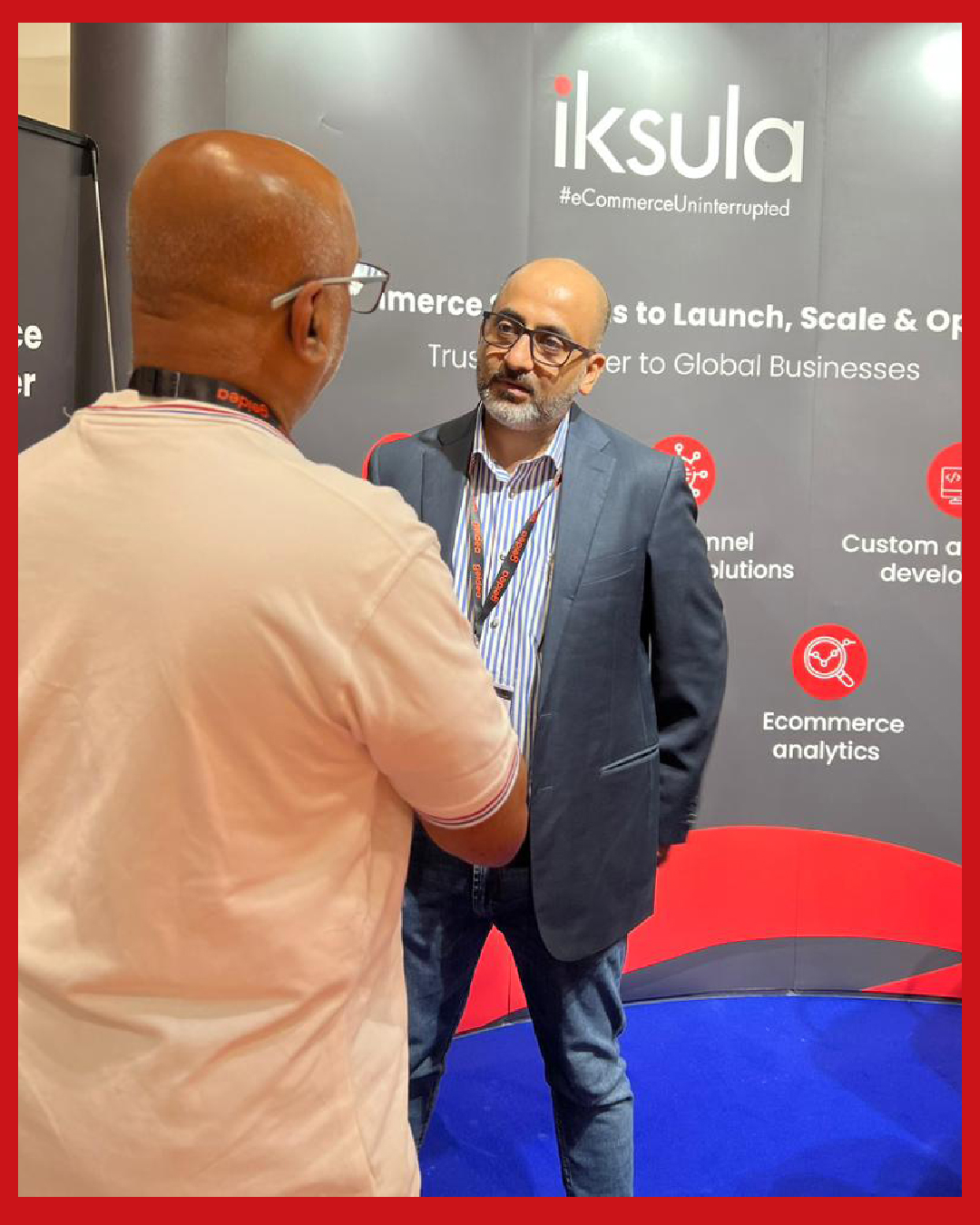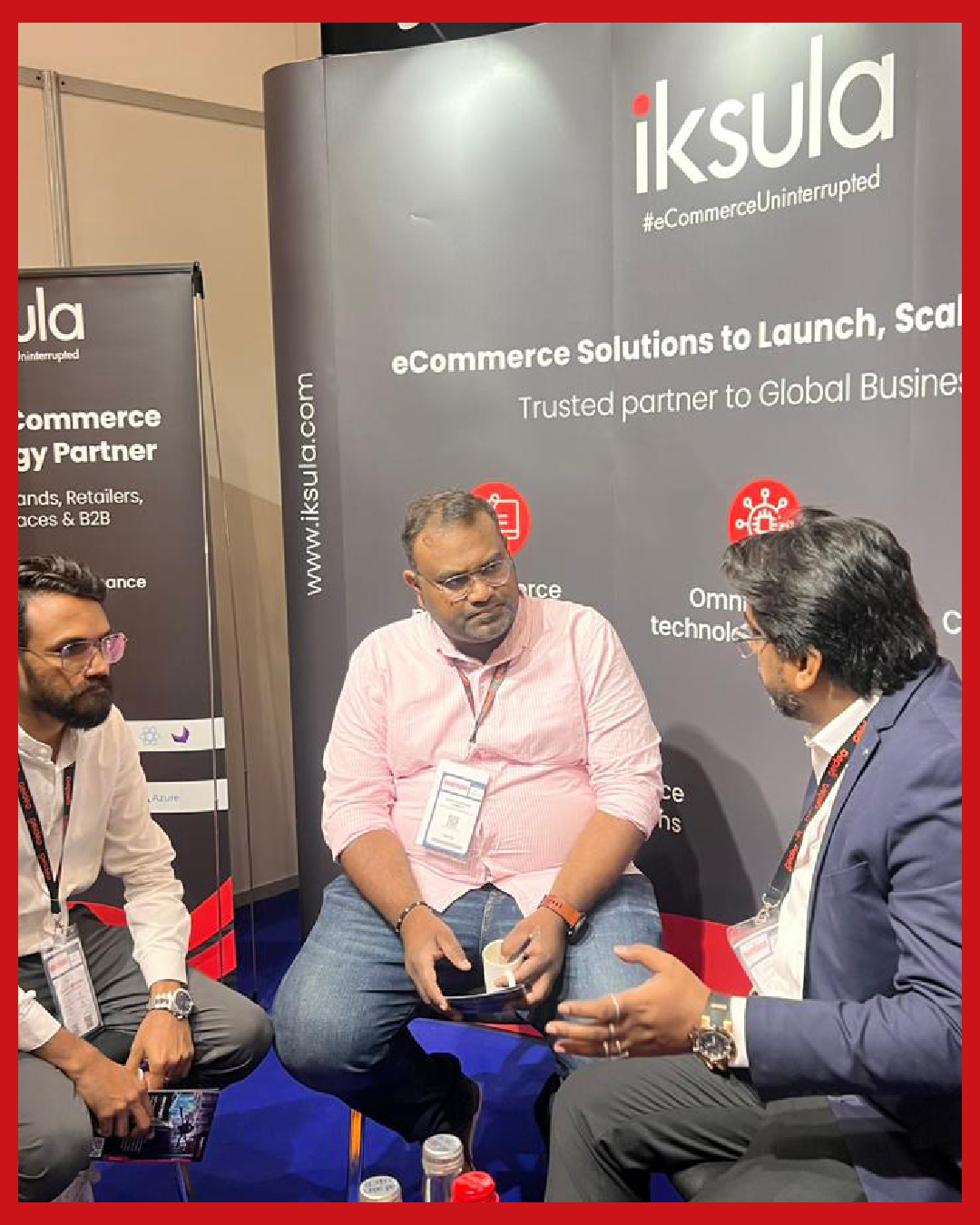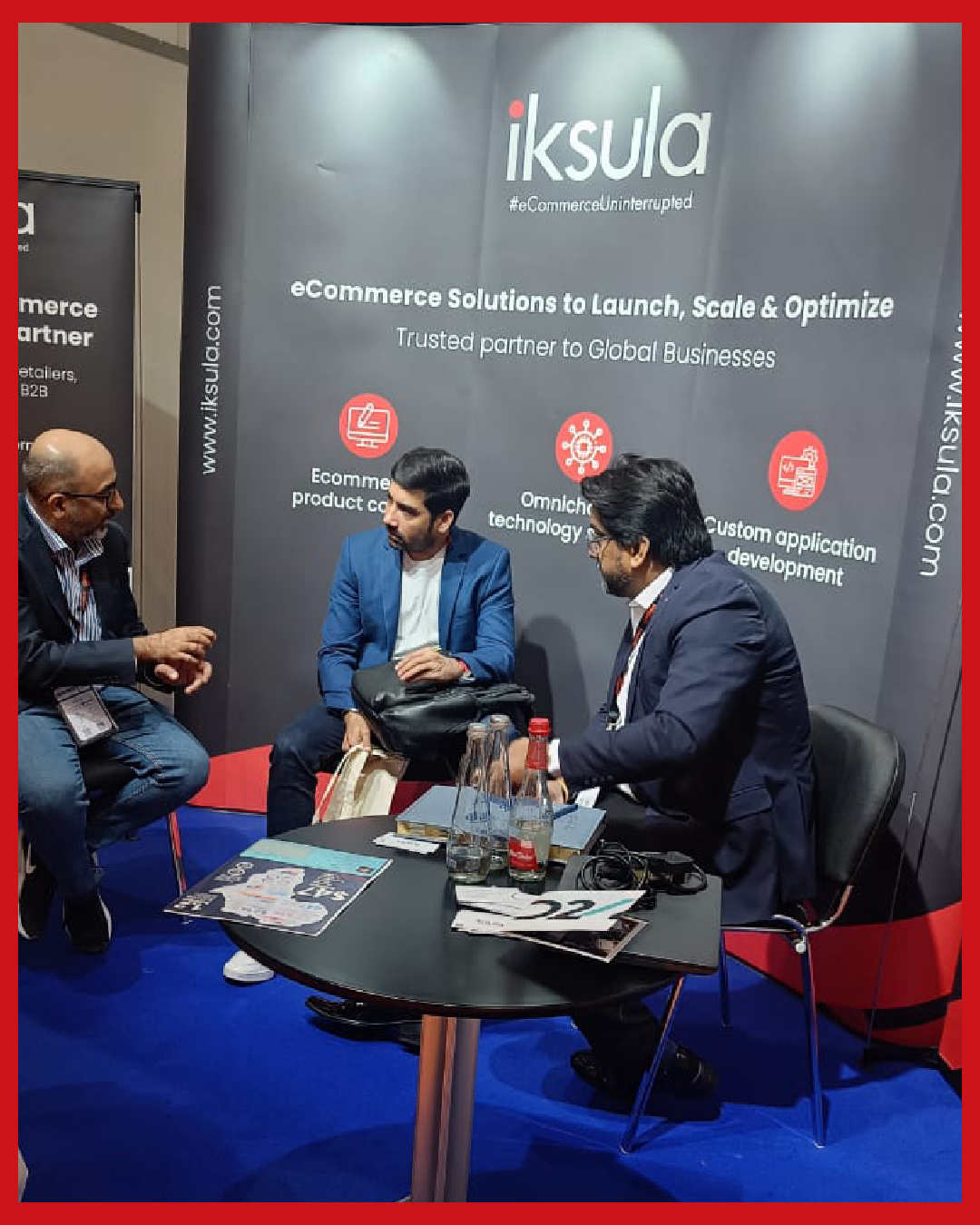Omni-channel is the new buzzword in the retail world – like eCommerce was a few years ago, and to a certain extent, Big Data was maybe a year ago. While eCommerce has already demonstrated its might, Big Data is starting to catch up, omni-channel remains largely uncomprehended by the retail industry in India. Having said that, it’s likely to pick up pace rapidly and we foresee omni-channel retail trends like Mobility, Beacons, Personalization, Physical Stores, Fulfilment & Big Data (yes, another buzzword) changing the face of retail in India – yet again.
Mobility
According to the 2015 Shop.org/Forrester Research Inc. ‘State Of Retailing Online,’ mobile remained the top priority for retailers, with 58% of surveyed retailers placing it at the top of their list. Closer home, the mobile internet user base in India is expected to touch 371 million users by June 2016 from 306 million in December 2015, an increase of 21% in just six months.
While this listicle is supposed to point out to trends, this one here is more of a transformation. With improving wireless networks, faster & bigger mobile devices have metamorphosed from being just research assistants and price comparison tools to the gateway of great shopping experiences. Be it an app or a mobile browser, the driving force is that consumers get to live an experience at their convenience. It is interesting to see what actually drives consumers to shop the way they shop, particularly when comparing mobile vs. desktop or mobile vs. in-store.

The fact is all these – mobile, desktop, laptop, in-store, etc. – are just channels. And increasingly, brands and retailers are looking to tie together store and digital touch points for a truly seamless customer experience. In fact, the Shop.org/Forrester Research Inc. report mentioned that omni-channel was the second priority of the retailers surveyed after mobile. Nearly half of the surveyed retailers pointed out that they’d want to improve or invest in programs like buy online/pick up in-store, ship-from-store, and inventory visibility. This also points to an interesting facet of consumer behavior – consumers want to experience touch-and-feel, but also shop with the convenience that a mobile device affords.
Physical Stores

This brings us to the latest trend – click to brick or online retailers creating offline/physical stores. While we know mobile commerce is exploding in India, a sizeable amount of actual buying happens offline. FirstCry, Pepperfry, Lenskart, FabFurnish, YepMe, Flipkart, CaratLane and Snapdeal have already taken the offline road. An interesting thing to note here is that few years ago, it was the likes of Flipkart and Snapdeal that changed consumer buying behavior with massive discounts, heavy promotions and buy-online incentives like cash on delivery (COD). But, as consumers started experiencing a plethora of buying options, these retailers now think offline stores to help them experience the brand, pre-condition them, and maybe even educate them (pertinent in rural areas) to buy online.
Beacons & Personalization

And as offline stores become an integral part of a retailer’s omni-channel strategy, beacons are also likely to gain critical mass. The technology, which provides in-store analytics and marketing solutions for brick-and-mortar retailers, can open up a world of possibilities – in-store recommendations & personalized offers based on preferences, seamless checkout backed with secure & convenient payment and a lot more.
A key aspect of beacon technology is personalization that allows retailers to establish strong connections with consumers by attracting, engaging and converting. From a marketers’ perspective, this isn’t quite that simple. It begins with Listening, Captivating & Enhancing – listening to intrinsic & extrinsic factors influencing customers’ behavior, captivating their attention with contextual, relevant, & personalized message, and then enhancing each and every interaction to maximize marketing spend.
Big Data

The other key facet of beacons & personalization (and to a large extent mobility and offline stores too) is Big Data. With listening, captivating and enhancing omni-channel marketing strategies operating on a large-scale, a retailer in today’s world would have to deal with Peta, Exa and even Zettabytes of information. As Big Data gathers momentum, retailers will turn to technologies to help them make sense of this ‘data’ and give actionable insights. Vendors developing such solutions will also refine their offerings to be able to provide meaningful information in the fastest, efficient and cost-effective manner.
Fulfilment

In the hustle for profitability and ability to create compelling shopper experiences, Indian eCommerce companies would have to take more control of how their products are manufactured, marketed and distributed. Manufacturing and marketing of private-label brands give eCommerce companies the much-needed control over their entire value chain. This trend is already catching up and will lead a lot of these e-retailers towards profitability sooner. Additionally, as speed and convenience become ever so important, retailers would have to get creative with omni-channel order fulfilment practices such as click-and-collect or margin-increasing same-day deliveries.


